When Do You Need a Weight-Distribution Hitch & How It Works
A weight distribution hitch is a system that is specifically designed to provide you with a levelled and stable ride while you are towing a vehicle.
It does so, by evenly distributing the weight and thereby making sure the weight of the trailer doesn’t cause unnecessary stress on the vehicle that can be easily avoided.
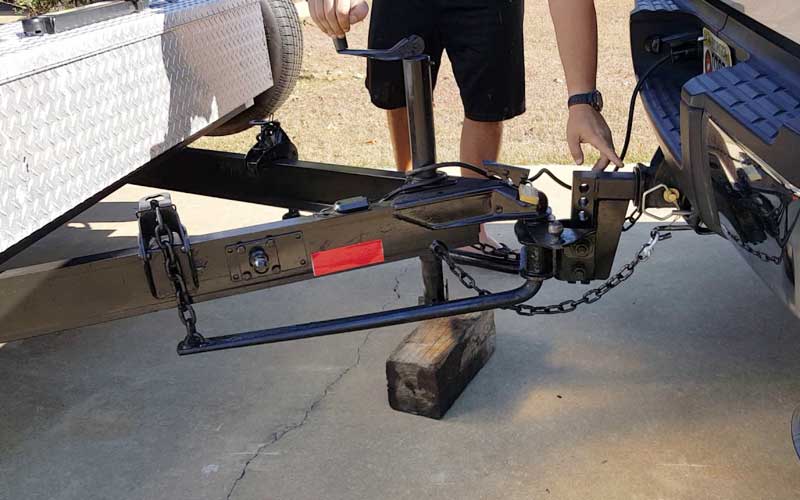
Components of Weight Distribution Hitches:
A weight distribution hitch mainly consists of 5 components that are necessary for it in order to function:
- Trailer hitch receiver rated for different use with weight distribution as class III, class IV and class V
- Weight distribution shank
- Weight distribution head assembly
- Spring bars and
- Frame brackets
Why do you need a weight-distribution hitch?
For this, you must first know what happens to your vehicle while you tow a trailer behind it without the use of a weight-distribution hitch.
When you tow with your vehicle with a regular hitch, the weight of the trailer is transferred to the rear axle of your vehicle, which may end up in pulling or weighing down the rear end of the vehicle.
This extra weight added to the rear end of the vehicle weighs it down and results in a slight rise in the front end.
This not only disrupts the balance, but also causes the center of gravity of your vehicle to shift towards the rear end which in turn results in the transfer of the vehicle’s weight itself to its rear end.
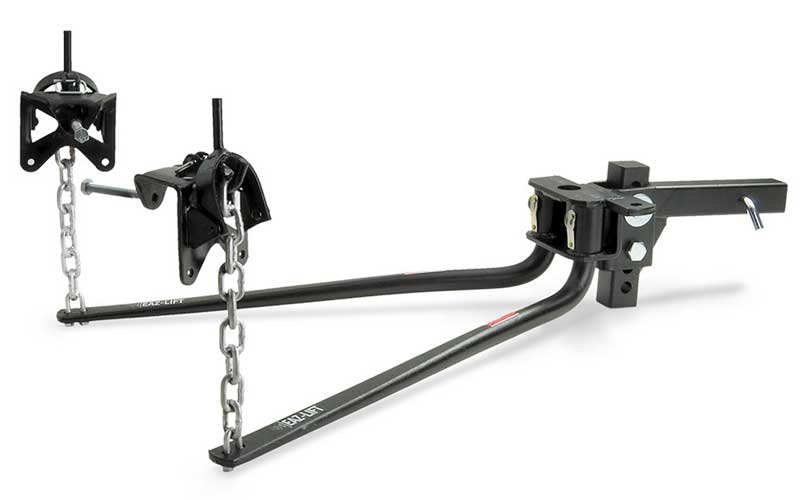
This bend causes a disrupted balance and causes trouble while steering, and in addition to this, it affects the power expenditure of the vehicle and your vehicle tends to either consume more power or stop providing power altogether. If the vehicle to be towed is really heavy, this situation can cause you serious harm as well, and the problems faced during towing might result in accidents.
Even if you are within the towing limits set by the equipment you are using, you might still have to face issues like
You might experience sway
The rear axle of your vehicle sags when you hook the trailer with the towing vehicle
The vehicle becomes slightly tilted up
Messes up the steering and even the headlights start pointing up
For your own safety, you must always comply with the instructions provided by the manufacturer. If in any other case, a problem arises, even your insurance company may not be able to get you out of this one since you chose not to follow the instructions provided.
How does a weight-distribution hitch help tackle the problem?
A weight distribution hitch helps tackle the problem by carefully distributing the weight at the rear end of the towing vehicle to all the axles of the towing vehicle and the vehicle to be towed. For this purpose, it uses spring bars that allow a smooth and level ride.
How to know you need to use a weight-distribution hitch?
For some vehicles, you might not even need a weight-distribution hitch. However, as the weight increases, so it makes its demand. So, in order to find out whether or not you need a weight-distribution hitch to tow a vehicle, here are some of the tips that you can use;
If the weight of the trailer is more than 50% the weight of the towing vehicle, then you need a weight distributor to distribute the weight.
The weight of the trailer at the rear end of the vehicle also causes the vehicle to sway. This isn’t only just annoying but also dangerous.
A weight distribution hitch can also help you avoid this unnecessary stress of constantly having to fight the sway in order to keep riding smoothly. It also helps in avoiding the dangerous sway caused by high winds, downhill degrades or heavy vehicles that pass by.
Weight distribution hitches also help you in dealing with the rear sags that are caused by the extra weight pressure added to the rear end of the vehicle. These sags result in loss of brake controls and steering controls and must be dealt with.
The need for a weight-distribution hitch is also mentioned in the manual of the towing vehicle with respect to the weight of the trailer. For example, Chevrolet Silverado requires a hitch for a trailer weighing over 1500 pounds. On the other hand, Toyota Tacoma requires a hitch over a weight of 5000 pounds. You can check the requirements of your vehicle by looking it up in the manual provided with it.
Types and working of different Weight Distribution Hitches
Most of the Weight distribution hitches available in the market typically use metal’ spring arms’. These spring bars distribute the trailer front end weight applied to the rear axle of the towing vehicle to all its axles equally.
Another type of a weight-distribution hitch is Andersen’s weight distribution hitch, which instead of using spring bars, uses chains to perform the same function.
Many of the hitches available in the market use vertical metal brackets that connect the arms of the hitch to the trailer. Some other types of hitches even use ‘brackets’ made out of vertical chains for the same task.
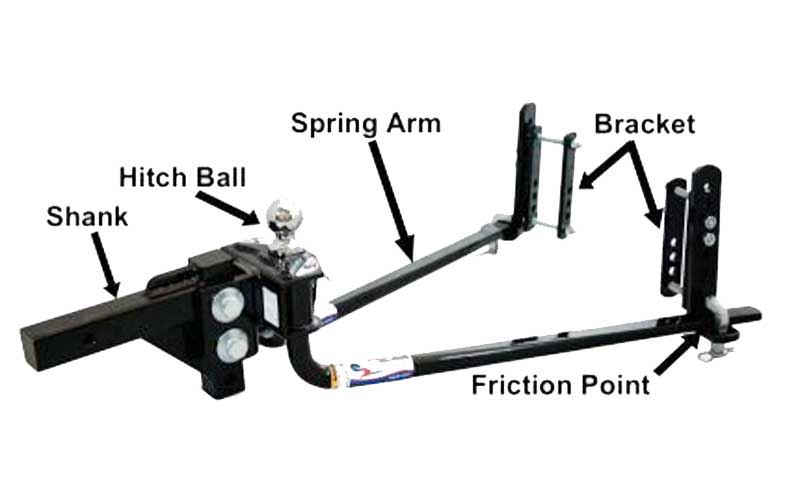
How does a weight-distribution hitch work and how you can set it up yourself?
Setting up a weight-distribution hitch isn’t hard at all and can be done in these nine easy steps:
Step1. Take the Measurements
Firstly, position your trailer, and the towing vehicle on level ground then take notes of some of the critical measurements that will help you during the adjustment steps.
Using a measuring tape, measure the uncoupled height at the rear and front wheel openings of your vehicle and also the trailer coupler height.
Step2. Set up the Hitch Ball
Select the right hitch ball for your trailer and attach it to the ball mount assembly. Lock it with the washers and nuts provided with it.
Step3. Place the Hitch Bar or the Shank
Now select the right hitch bar or shank that matches your trailer coupler height requirements. Then insert the hitch bar into the receiving tube of the towing vehicle based on the height of your trailer. Once inserted, secure the bar with a pole pin and a clip.
Step4. Place the Ball Mount Assembly
Now place the ball mount assembly on the hitch and raise or lower it to ensure proper setting. It should be from ¾ of an inch to an inch higher than the coupler measurement.
Once it has been properly adjusted, install the hardware into the lower, and the top holds of the ball mount assembly and ensure that it doesn’t move but do not fully tighten the nuts.
Step5. Set Up the Spring Bars
Attach the chains to the spring bars and then lock the nuts but make sure there are at least two or three threads exposed. The right position of the bar is with the sticker on top. Check the manual for the proper setting of the spring bar’s height.
Step6. Adjust the Spring Bar
Adjust the spring bar by tilting the ball mount as per the requirements, so it matches the right height. It needs to be vertical and slightly tilted towards the trailer.
Step7. Hookup
Now raise the coupler with the help of the tongue jack so that the ball can pass from underneath it. Then start moving the towing vehicle backward until the hitch ball falls under the coupler.
Step8. Reinsert the Spring Bars and then Install the Bracket
Now position the brackets and tighten them with the bolt but make sure that you don’t over tighten them. Attach the chain from the string bars to the bracket, so it runs freely from straight up to down.
Step9. Connect the Chain
Raise the tongue of the trailer and the rear end of the vehicle using the jack. This helps in attaching the chain. Now lower yoke of the bracket to the point where it becomes parallel to the ground. Take the chain and slip the closest link onto the hook.
After everything is in place, measure both the front and the rear axle. If both measurements are the same, it means you have successfully managed to attach the weight distribution hitch.
Final Thoughts
A weight distribution hitch may not be necessary every single time you are towing your vehicle but becomes a necessity after a certain threshold in terms of weight is crossed. This depends on the vehicle you are using, and you can check that weight limit in the user manual.
These hitches can come in real handy when it comes to dealing with the slightly upward bent of the vehicle or even when the vehicle sags and you start having trouble while steering and applying brakes.
Weight distribution hitches, as we discussed in the above article, tackle all these problems. We hope this article helped you in finding what you were looking for.
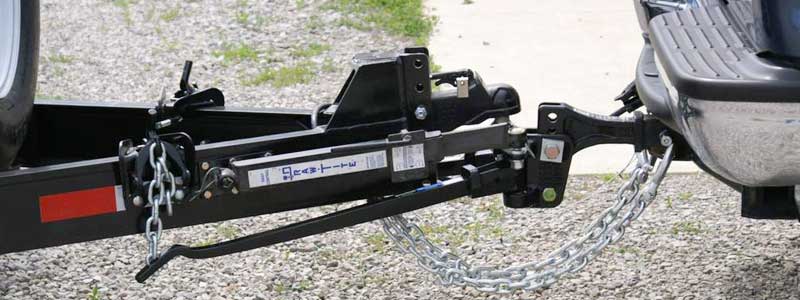

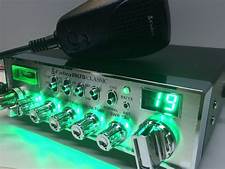



Post Comment